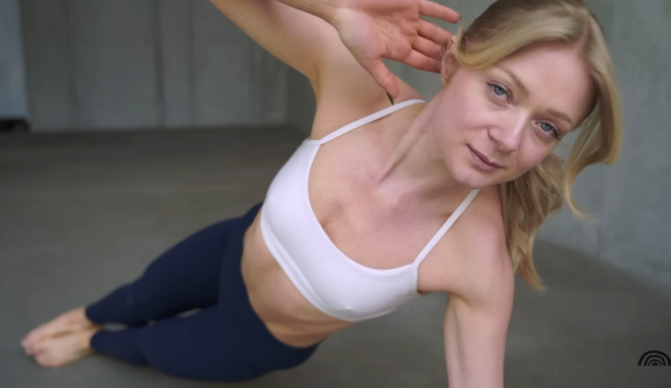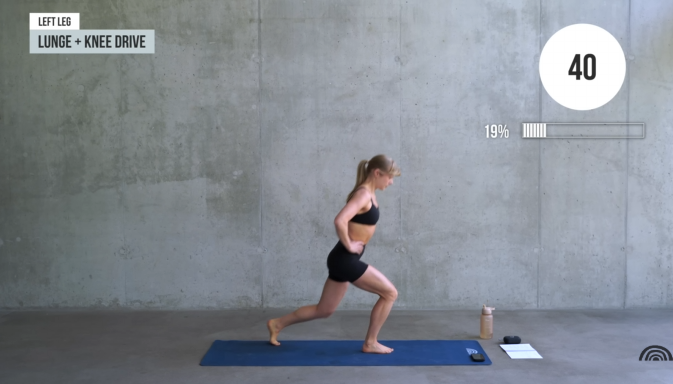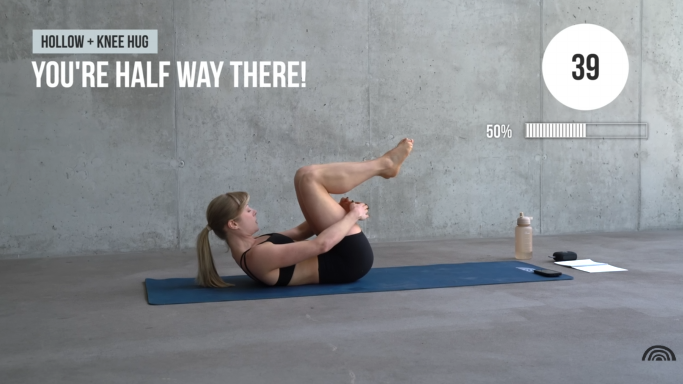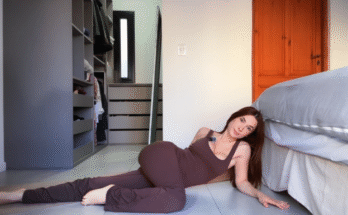
Welcome to Day 6 of your calisthenics journey! Today, we’re diving into a full-body strength workout using only your bodyweight. No fancy machines, no dumbbells—just you, your willpower, and gravity. Calisthenics is not just a workout; it’s a method to master your own body, improve control, build lean muscle, and increase real-world strength. Whether you’re working out at home, in the park, or on the go, this no-equipment session will challenge every major muscle group.
Why Calisthenics Works
Calisthenics focuses on functional movement. It builds strength, mobility, endurance, and balance. Unlike weight machines that isolate muscles, calisthenics movements engage multiple muscle groups at once, improving coordination and core stability. It’s also incredibly flexible—you can adjust reps, tempo, and intensity to match your fitness level.

Warm-Up (5-7 Minutes)
Start with a quick warm-up to get your heart rate up and prep your muscles.
- Jumping Jacks – 1 minute
- High Knees – 30 seconds
- Arm Circles – 30 seconds (forward + backward)
- Hip Circles – 30 seconds
- Leg Swings – 30 seconds per leg
- Shoulder Taps in Plank – 30 seconds
This dynamic warm-up activates your full body, wakes up your joints, and primes your nervous system.
Main Workout – Full Body Strength (Approx. 30-35 minutes)
This circuit includes compound bodyweight exercises designed to hit your upper body, core, and lower body. Perform 3 rounds of the following:
1. Push-Ups – 10 to 20 reps
A classic for a reason. Push-ups target the chest, triceps, shoulders, and core.
Form tip: Keep your body in a straight line from head to heels. Lower your chest to just above the floor. Don’t let your hips sag!
Too hard? Drop to your knees.
Too easy? Try tempo push-ups or decline push-ups.

2. Squats – 15 to 20 reps
Squats target your quads, hamstrings, glutes, and core. They’re essential for building lower body power.
Form tip: Keep your chest lifted, back straight, and knees tracking over toes.
Too easy? Add a jump at the top to make it plyometric.
Too hard? Do wall-supported squats.
3. Plank to Shoulder Tap – 30 seconds
A great core stabilizer that also works shoulders and arms.
Form tip: Keep your hips as still as possible as you alternate tapping each shoulder. Engage your core to avoid twisting.
4. Reverse Lunges – 10 reps each leg
Excellent for building single-leg strength and balance.
Form tip: Step back with control, drop your knee near the floor, and keep your front knee over your ankle.
Too easy? Add a hop at the top of each lunge.
Too hard? Use a chair or wall for balance.

5. Superman Holds – 3 sets of 20 seconds
Strengthen your lower back, glutes, and shoulders.
Form tip: Lie on your stomach, lift arms and legs off the ground, and squeeze your glutes.
6. Triceps Dips (Using Chair or Bench) – 10 to 15 reps
If you’re near a low surface, work your triceps and chest here. If not, skip or do diamond push-ups instead.
Form tip: Keep your back close to the chair and bend your elbows directly behind you—not flared out.
7. Hollow Body Hold – 20 to 30 seconds
This core crusher strengthens your abdominals and hip flexors.
Form tip: Keep your lower back pressed to the ground, legs straight, and arms extended overhead. Modify by bending knees.

Bonus Finisher (Optional, 5 minutes)
End with a high-energy burnout to push yourself:
- Burpees – 30 seconds
- Mountain Climbers – 30 seconds
- Rest – 30 seconds
- Repeat for 3 rounds
Cool Down (5-7 minutes)
Stretching helps with recovery and prevents soreness. Hold each stretch for at least 30 seconds.
- Child’s Pose – for back and shoulders
- Seated Forward Fold – for hamstrings
- Figure Four Stretch – for glutes and hips
- Cat-Cow Stretch – for spine mobility
- Chest Stretch against Wall – for shoulders and chest

Tips to Maximize Your Bodyweight Training
1. Focus on Form Over Speed
Control each movement. Rushing leads to bad habits and possible injury. Quality reps are far more effective than quick ones.
2. Engage Your Core Constantly
Every exercise, from push-ups to squats, requires core engagement. It’s the powerhouse of your body.
3. Modify Based on Your Level
Don’t be discouraged if you can’t do full push-ups or deep squats yet. Modify movements as needed and progress gradually.
4. Stay Consistent
Calisthenics success comes with time and discipline. It may seem slow at first, but over weeks, you’ll feel stronger, more mobile, and more in tune with your body.
The Benefits You’ll Notice
By Day 6, your body is already adapting. You may feel more coordinated, your endurance may be improving, and your muscles may feel tighter and more responsive. As you continue with calisthenics, expect:
- Improved muscular definition
- Better posture and body control
- Increased flexibility and range of motion
- Functional strength you can feel in daily life

What’s Next After Day 6?
Continue your journey! Day 6 is a key checkpoint, and your body is ready for more. Whether tomorrow is a rest day, mobility session, or another workout, stay committed. Use this full-body routine regularly for maintenance, or level up by incorporating harder variations like:
- Archer push-ups
- Pistol squats
- Wall walks or handstands
- L-sits and dips
Calisthenics opens the door to advanced body control and impressive feats of strength. You don’t need weights to get strong—you need consistency, creativity, and commitment.

Final Thoughts
Day 6’s full-body calisthenics workout proves that you are your own gym. Using only bodyweight, you’ve pushed your limits, strengthened every major muscle group, and made progress without equipment. The best part? You can take this routine anywhere—no excuses.
So take pride in the sweat, breathe deep, and get ready for more. You’re building more than muscle—you’re building discipline, balance, and confidence. Keep going. Day 7 is just around the corner!


